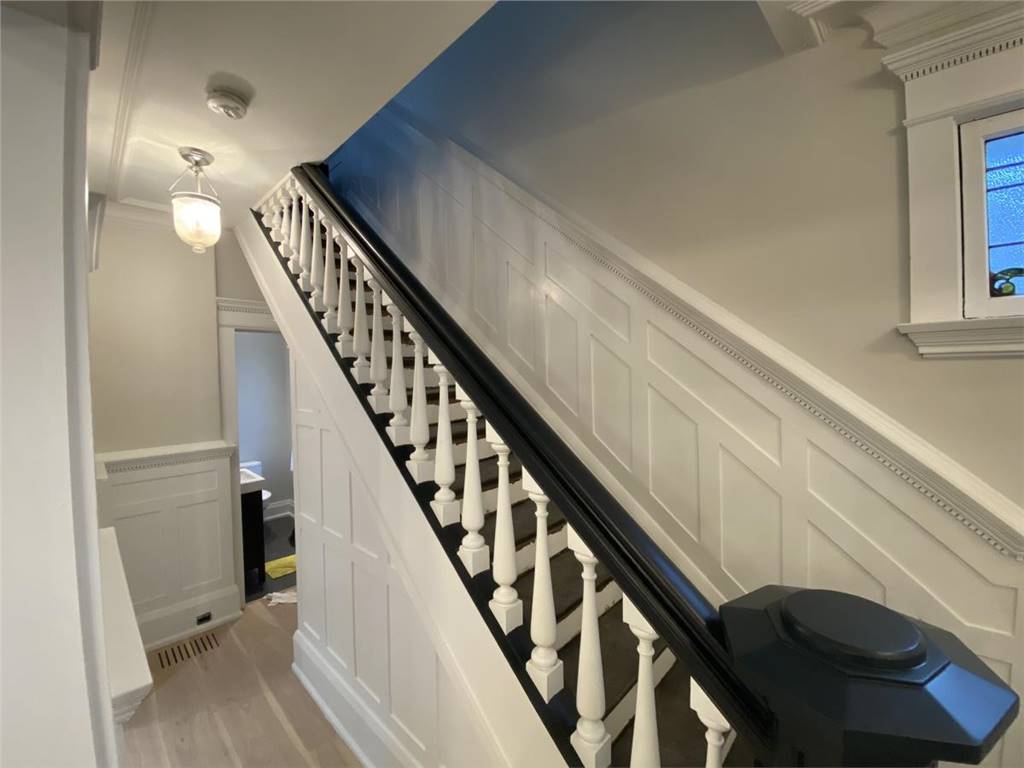
Everything You Should Know About Electrostatic Painting
Have you ever heard of electrostatic painting? It's a pretty new technology, and a lot of people don't know much about it. In this post, I'll tell you everything you need to know about electrostatic painting – what it is, how it works, and the benefits it offers. I'll also give you some tips on how to choose an electrostatic painter, so you can get the best results for your project. Read on to learn more!
What Is Electrostatic Painting?
Electrostatic painting is a process that uses electrically charged particles to apply paint to a surface. The charge creates an attractive force between the paint and the surface, which helps to ensure that the paint adheres evenly and smoothly. This type of painting is often used for industrial and commercial applications, as it can provide a high-quality finish.
Electrostatic painting is a type of painting that uses electrical charges to adhere paint to a surface. The process works by first charging the paint particles with an electrical charge. Next, the target surface is also charged with an electrical charge. When the two charges come into contact, the paint particles are attracted to the target surface and bind to it. This results in a smooth, even coat of paint.
Electrostatic painting is often used for products that require a high-quality finish, such as automotive parts or medical equipment. It is also commonly used in industrial settings because it can speed up production times and reduce waste.
The attraction between positive and negative molecules is 75 times stronger than gravity; even paint sprayed slightly over or away from the metal surface will try to change direction in order to land on the metal. The highest charge attracts the paint molecules; droplets sprayed will automatically travel to the region without paint to make an even surface.
What Are the Benefits of Electrostatic Painting?
The main benefit of this process is that it allows for the application of paint in a very controlled and precise manner. This results in a more even finish with less overspray, which can save time and money on materials. Additionally, electrostatic painting produces less pollution than traditional painting methods, making it a more environmentally friendly option.
Powder coatings are often used on metal surfaces for protection and durability, but they must be applied in a factory environment. On the other hand, electrostatic painting provides an equally smooth and durable finish, although it is portable and may be done on-site to restore existing metal items.
Unlike spray painting, electrostatic painting has a transfer rate of up to 98 percent, minimizing overspray and paint waste. Spray paint sprayers have an efficiency of around 40%, with increased overspray and some paint drying in the air before it reaches the surface.
Although electrostatic painting is not always less expensive than other types of painting, it does have value. Most products only require one coat of paint because to the effectiveness, quality, and even coating. Furthermore, there's the benefit of painting metal goods to extend their life and make them seem new again; they are also protected for years from rust and deterioration.
Electrostatic painting may be done at your home or workplace for convenience. The drying period is also short. Electrostatic paint jobs generally dry within hours.
Electrostatic painting creates a non-porous, easy-to-clean, and sanitary surface. It repels dirt and stains, allowing most chemicals to be used without harming the surface.
The electrostatic paint not only attracts the metal; it also avoids clumping and dripping, unlike common paint. Because the paint particles are all positively charged and repel one another, they form a fine mist that is better for metal surfaces and covers them evenly for a smooth finish.



